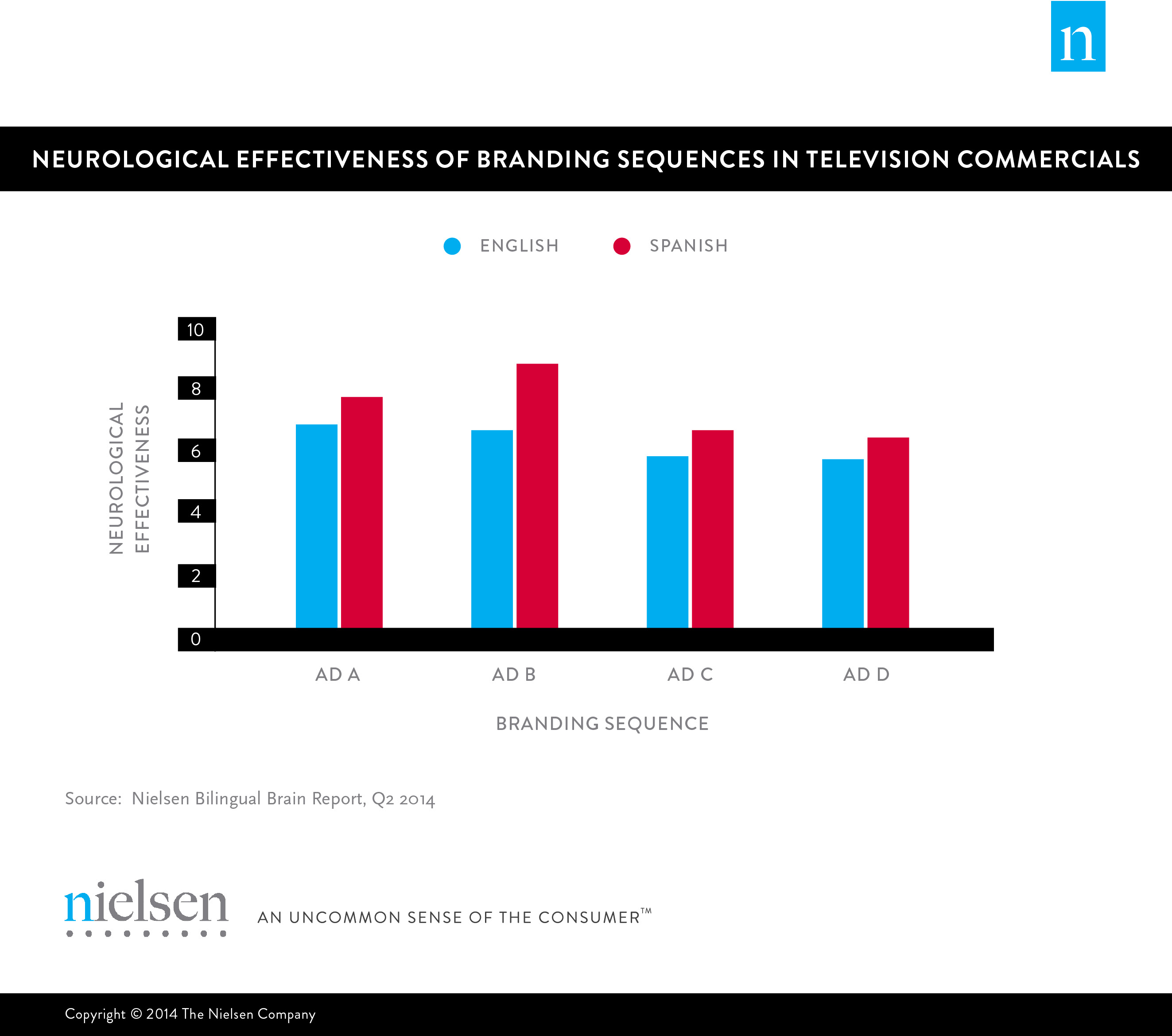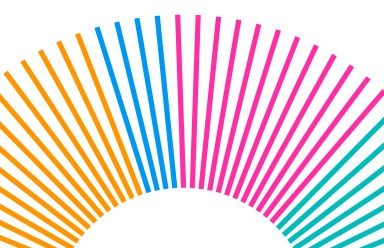Hispanics and Millennials are two of the fastest growing and increasingly important consumer groups in the U.S. So it’s no surprise that marketers are eager to understand how to connect with these populations. But to engage with those who fall in both groups, Hispanic Millennials, it is imperative to understand the impact of language in order to optimize messaging for this demographic that increasingly identifies as bilingual.
Research has demonstrated that bilingual speakers have a number of cognitive advantages over their monolingual peers; however, the neurological impact of bilingualism on advertising had not yet been explored. Utilizing Nielsen’s proprietary consumer neuroscience technology, Nielsen, Univision and Starcom collaborated to research unarticulated language preferences and their impact on advertising, answering key questions, such as:
- Does the emerging population of bilingual Millennials respond differently to messaging when it is in Spanish than when it is in English?
- What are the best ways to reach and connect with Hispanic bilingual Millennials?
- How does the language of television programming influence how the advertisement is received by the consumer?
The results confirm that language influences how ads are received and introduces the idea that advertising in Spanish offers a unique advantage for brands striving to connect with bilingual Hispanic Millennials.
To Connect, Consider Spanish
Spanish-language advertising did a better job connecting with Bi-Llennials in a range of scenarios, particularly when the ads’ content was emotional in nature. Ads featuring social interaction were generally more emotionally engaging and memorable for Bi-Llennials in Spanish than in English. Similarly, branding sequences were more effective in Spanish than in English.




